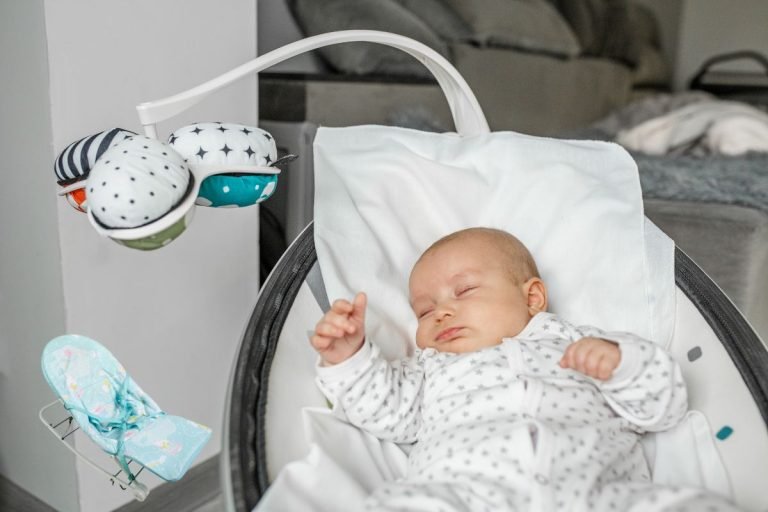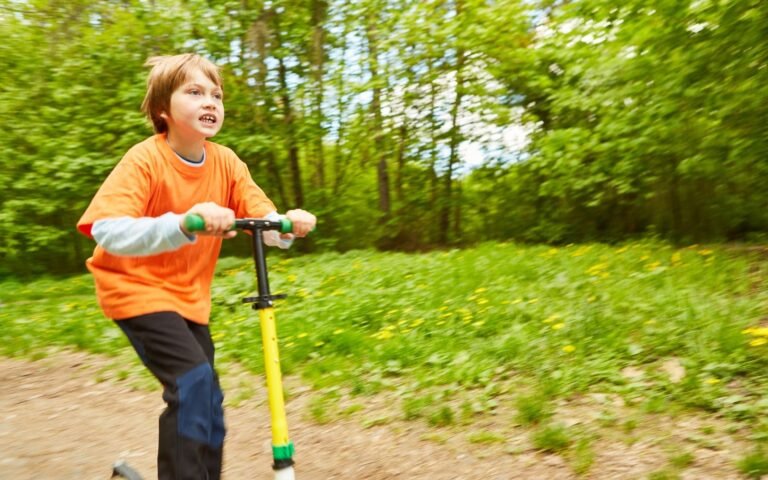Are Motorcycles Safe for Kids? Weighing the Risks and Benefits in 2025
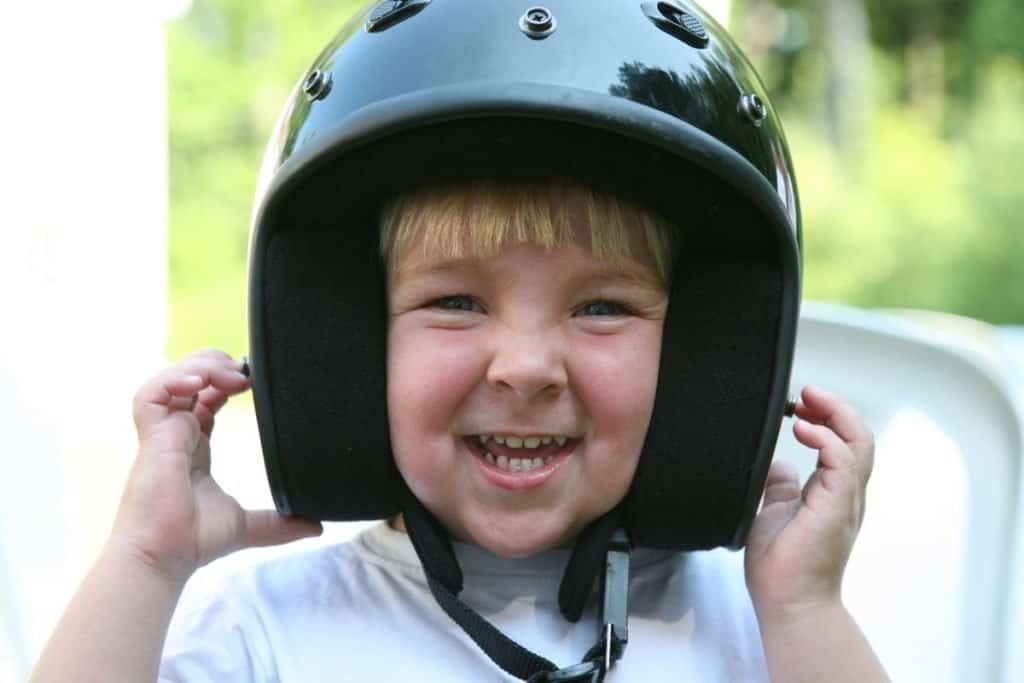
Have you worried about whether motorcycles are safe for kids?
Bikes promise adventure but also pose serious risks for young riders. This post explores the pros and cons of kids’ motorcycling. You’ll learn key facts about injuries, safety tips, and balancing excitement with precautions.
While bikes can empower kids, they carry significant risks, too. Read on to learn how to keep your child safe while allowing the thrill of the open road. You’ll be better equipped to make the right decision for your family.
Key Takeaway – Are Motorcycles Safe for Kids
- Motorcycles offer thrills but also serious safety risks for child passengers. Proper precautions are essential.
- With guidance, kids as young as 6 can safely ride motorcycles as passengers. But inherent dangers remain.
- Consider formal training, protective gear, appropriate bikes, and close supervision to manage risks.
- Carefully weigh maturity level, temperament, and family risk comfort before allowing kids to ride motorcycles.
Background on Kids and Motorcycles
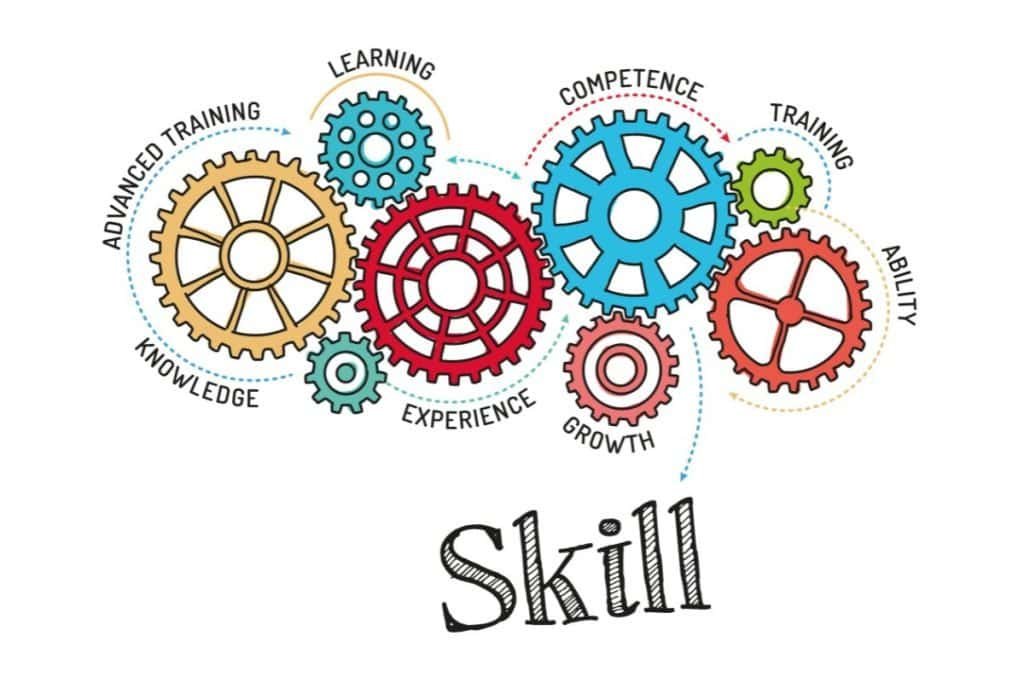
Statistics on Motorcycle Injuries and Fatalities for Kids vs. Adults
Motorcycle crashes are way more dangerous for kids than adults. A recent government report found over 5,000 deadly motorcycle wrecks in 2018. Children were 7% of those deaths, even though way fewer kids ride bikes.
Studies show kids under the minimum age of 16 are twice as likely to get hurt in a motorcycle accident compared to older people. Taking safety precautions is important when kids ride motorcycles.
Typical Ages for Kids to Start Riding Motorcycles
Most major motorcycle companies say 6 years old is the youngest for kids to ride as passengers. But some state laws say older, usually 8-12 years old. Smaller kids often can’t comfortably reach the footrests or grab handles well. They also don’t have the strength and coordination to ride on the back safely.
To ensure proper fit and safety, check out this Kids Motorcycle Size Guide for tips on selecting an appropriately sized bike. Starting on smaller, age-appropriate bikes under 50cc helps build confidence and basic safety skills like balance at low speeds.
Motorcycle Safety Classes for Kids
Motorcycle training classes are available in many states to teach basic safety skills to young riders. These classes cover correctly wearing safety gear, controlling the bike, braking, steering, and handling road hazards.
They provide hands-on coaching in empty lots before riding streets. No training removes all risks, but these give kids the basics to use bikes responsibly. For guidance on riding techniques, explore our article on How to Teach Your Child to Ride a Motorcycle, which provides step-by-step instructions for parents and guardians.
Benefits of Kids Riding Motorcycles
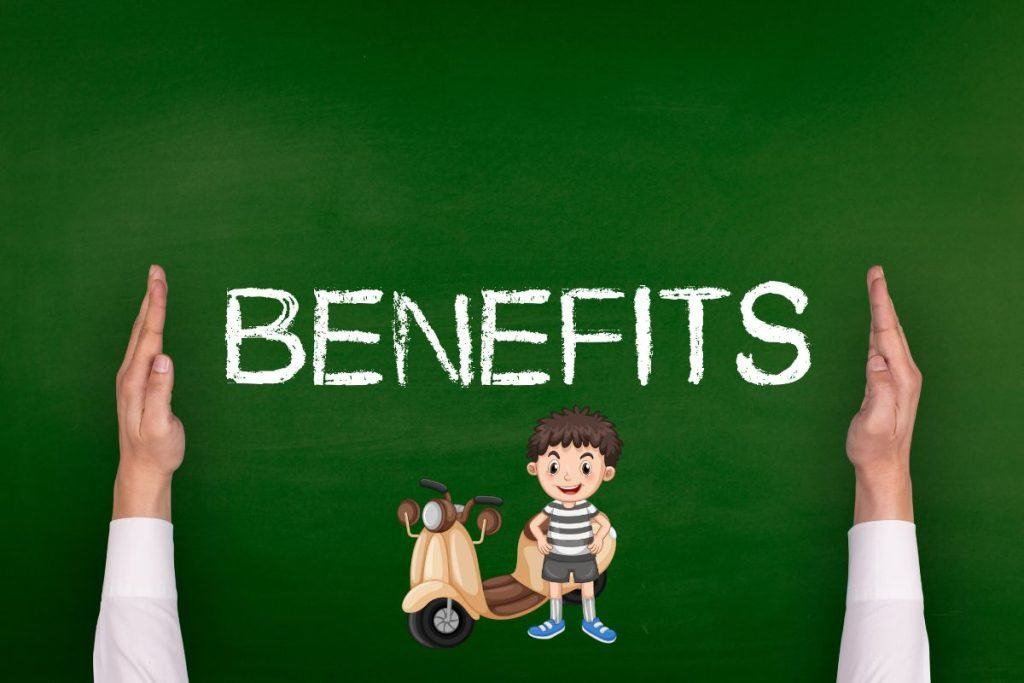
Sense of Freedom and Adventure
Many kids are attracted to motorcycles because they enjoy the excitement and adventure of hitting the open road. The feeling of the wind blowing through their hair as they race past new sights can make them feel free and alive.
Unlike a child riding in a car, riding a motorcycle can give them a sense of independence and courage. However, safety should always be the top priority. With the right precautions, the entire journey can be a thrilling and fulfilling experience.
Learn Mechanical Skills
Riding and maintaining motorcycles requires mechanical skills and knowledge. Children can learn about technical specifications such as engine size, torque, tire pressure and how they affect motorcycle handling. They can also gain first-hand riding experience and get familiar with balancing, steering, and controlling the back of a motorcycle.
Additionally, working on repairs together with parents can help pass on technical abilities. Children can even learn to stay calm and make sound judgments when problems arise during a ride. Developing these skills can also ignite their interest in pursuing careers or hobbies related to motorcycles.
Spend Time Outdoors Being Physically Active
Motorcycling is a great outdoor activity that allows children to escape screens. It is a physically demanding activity that helps build core muscles as children lean into curves and shift their weight.
Operating the clutch and throttle requires stamina and strength, which makes it a great way for kids to develop their focus as needed in sports. Regular outdoor activity can promote healthier lifestyles. However, it is important to remember that protective gear such as helmets and jackets can never be replaced while riding bikes.
Gain Focus, Coordination, and Concentration
Riding a motorcycle demands high focus, coordination, and concentration. As kids learn, they develop their balance and reflexes to manage tight turns at high speeds. They also learn to read traffic and scan for potential dangers, which helps to sharpen their awareness.
These challenges require full attention in the present moment. With proper guidance, motorcycling can help to build confidence and improve critical mental and physical skills.
Risks and Dangers of Kids on Motorcycles
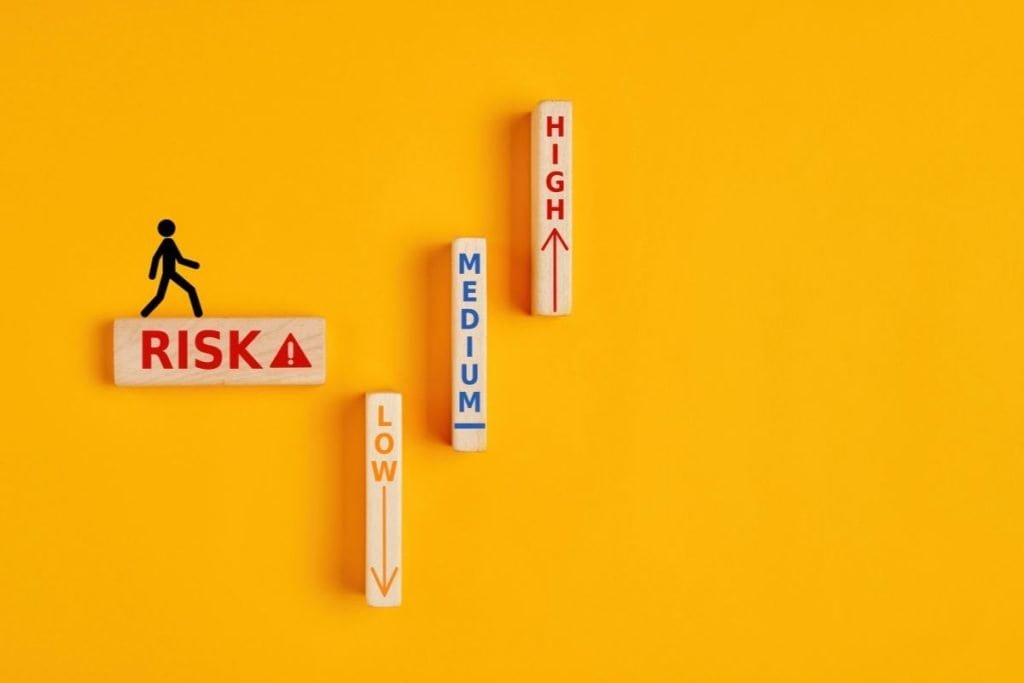
Lack of Experience and Judgment
Children lack the experience and maturity to evaluate the inherent risks of riding motorcycles. Their young age and lack of riding experience make it difficult to identify potential hazards. They cannot accurately predict how speed, weather, road conditions, and other factors can affect their safety.
Also, children tend to take risks and seek thrills, which can cause them to make poor decisions and engage in dangerous behavior. Due to their immature brain development, children may struggle to make smart choices to avoid accidents.
Small Size and Lack of Strength Make Bikes Unwieldy
It is hard for a child to handle the size and power of a motorcycle. Their small bodies cannot counterbalance large bikes effectively. Additionally, kids lack the arm and leg strength required to handle strong engine torque and weight.
Attempting to control an unstable motorcycle with limited strength increases the risk of accidents. Hence, using lighter bikes properly fitted to smaller bodies is much safer.
Head Injuries and Concussions More Likely
Children who fall or are involved in motorcycle accidents are more susceptible to traumatic brain injuries or concussions than adults. Due to their bodies being different from adults, they tend to absorb force differently during motorcycle accidents.
Kids’ neck muscles are not as strong as those of adults, so their heads whip around more violently during an accident. Although helmets are essential, they cannot prevent all injuries. Concussions and traumatic brain injury can have long-term effects on children, especially if their brains are still developing.
Easy to Be Overlooked By Other Vehicles
Children riding on motorcycles are at a higher risk of accidents due to their age and small size, which makes them less visible to other drivers on the road. Being seated low on the motorcycle, they can easily be obscured by cars, trucks, and SUVs.
Often, drivers turning left or right misjudge the speed of the oncoming motorcycle and fail to see children riding pillion. Unfortunately, accidents can occur when other drivers fail to register the presence of a helmet or young motorcycle passengers.
Effects of peer pressure and thrill-seeking
Children are particularly vulnerable to the influence of their peers and the thrill of engaging in risky behavior. When riding bikes, their desire to impress their friends may override their judgment, leading to unsafe decision-making. The excitement of going fast and taking risks often trumps common sense for kids.
These developmental inclinations can result in young riders taking unnecessary chances, leading to a high risk of accidents and injuries. However, with proper guidance, kids can learn to resist peer pressure and behave responsibly. Parental supervision ensures that children stay safe while riding their bikes.
Tips for Riding Safely
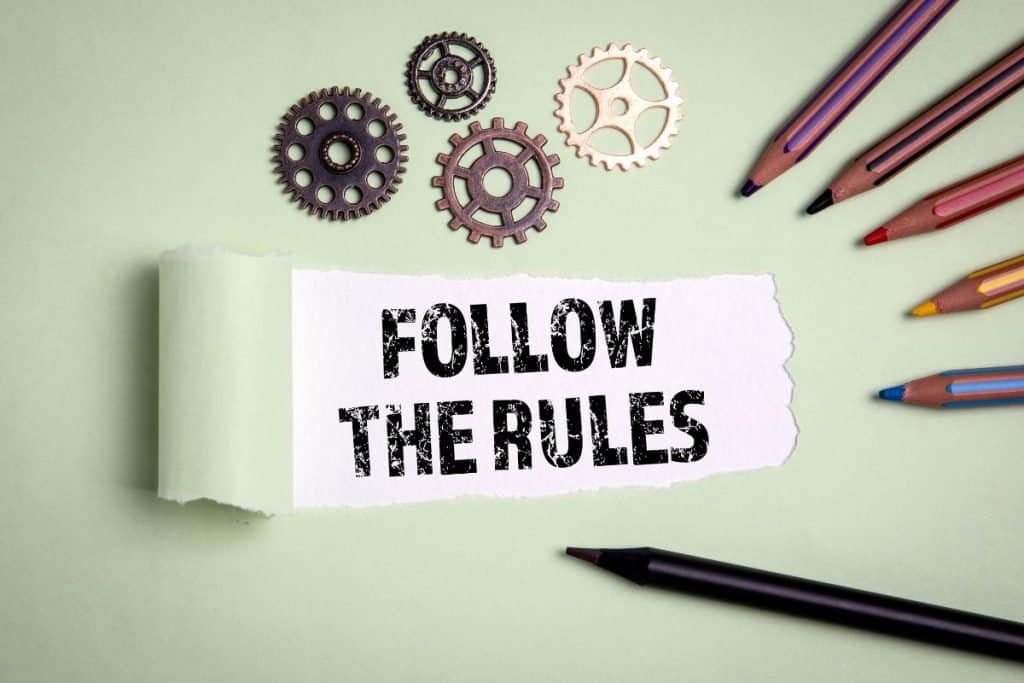
Complete the Motorcycle Training Course
Providing children with formal motorcycle training is important to teach them proper motorcycle riding skills and safety knowledge. These courses cover everything from wearing protective gear to performing emergency braking. Children practice control drills such as smooth turns, u-turns, and swerving.
The classes aim to build confidence in handling bikes in vacant lots before going on roads. Parents should enroll their children in the best training to instill vital habits.
Always Wear Proper Safety Gear
It is important to ensure that children wear complete safety gear, such as DOT-approved helmets, jackets, gloves, boots, knee guards, and pants, at all times. Helmets are effective in reducing head injuries in case of a crash.
Sturdy jackets, long pants, and boots help prevent injuries to the extremities, while gloves improve grip and protect hands if a child has to break a fall. Knee and shin guards provide additional protection. Following state laws on required motorcycle gear ensures children are safe on every ride.
Start on Small, Age-Appropriate Bikes
When kids first learn how to ride a motorcycle, they must start with the appropriate bike size that suits their size, strength, and skill level. It’s unsafe to have them ride large, heavy bikes that could be extremely dangerous for their small frames and developing abilities.
The best option is to look for bikes that have low seat heights, modest engines (50-125cc), smooth power bands, neutral handling, and low weights (under 300 lbs). As kids get older and more experienced, they can gradually move to bigger bikes under your supervision.
Ride During Daylight Hours Only
Only allow kids to ride during full daylight when visibility of the road surface is best. Nighttime riding removes critical visual cues needed to spot road hazards and respond. Visibility. As kids gain experience, brief dusk jaunts are okay, but avoid riding after dark. Insist kids stick to daylight hours to keep safety guidelines and remove unnecessary crash risks from the darkness.
Avoid Risky Weather Conditions
It is recommended that children avoid riding motorcycles in risky conditions such as heavy rain, high winds, extreme cold, or heat. Controlling motorcycles becomes much harder for children in slippery or unstable weather, which, in turn, increases the risk of accidents due to fatigue or distraction from temperature extremes.
Riding in fair weather conditions is better, as it helps children focus on the fundamentals of motorcycle riding until they have gained enough skills to handle moderate adversity.
Follow All Traffic Laws Carefully
It’s important to teach children to carefully follow all traffic rules, speed limits, and signs. While riding a motorcycle, they should always assume drivers cannot see them and ride defensively. No motorcycle passenger under 18 should be allowed to ride alone.
Emphasize that developing safe and legal riding habits is important to serve them well throughout their lives. Also, remind them that riding a motorcycle requires greater diligence and care than driving a car.
Summary
Motorcycles promise thrills but also serious risks for kids. With guidance, children as young as 6 can safely ride as passengers. However, inherent dangers remain. Take key precautions, but risks can’t be eliminated.
Carefully each motorcycle ride and weigh benefits against potential injury. Bikes can empower kids if safety is the priority. Consider your child’s maturity before deciding if motorcycles fit their journey.
Frequently Asked Questions
How Can I Teach Motorcycle Safety to My Child?
Enroll in training courses – practice skills in empty parking lots. Oversee riding until confident in your child’s ride abilities – model safe habits.
What Precautions Can Make Motorcycles Safer for Kids?
Proper gear, training, adult and child passenger supervision, small bikes, daylight hours, good weather, and following traffic laws are also important.
Are Motorcycles More Dangerous for Kids than Cars?
Yes, motorcycles require more balance and coordination and offer less crash protection. Immature judgment also endangers young riders more than when driving cars.
Are Motorcycles Safe for Children to Ride as Passengers?
With guidance, kids as young as 6 can ride safely. However, risks still exist, so precautions are key. Every child’s family must decide if the benefits outweigh the dangers.
What Are the Main Risks of Children Riding Motorcycles?
Lack of experience, inability to control heavy bikes, head injuries, poor visibility to other drivers, risky thrill-seeking driver behavior.

